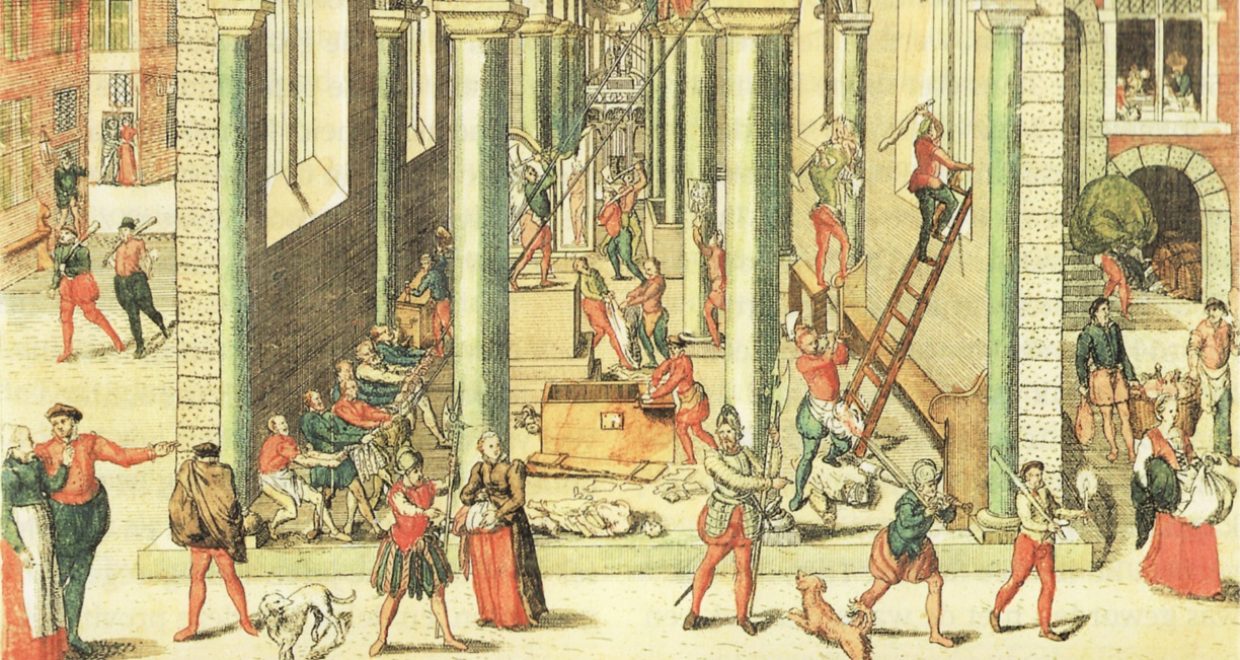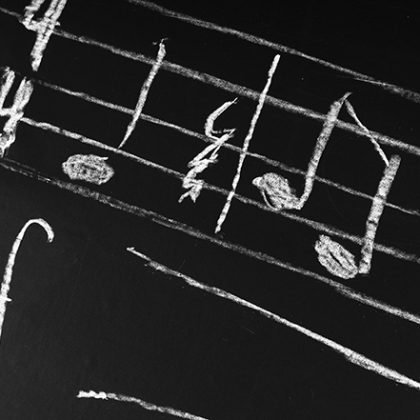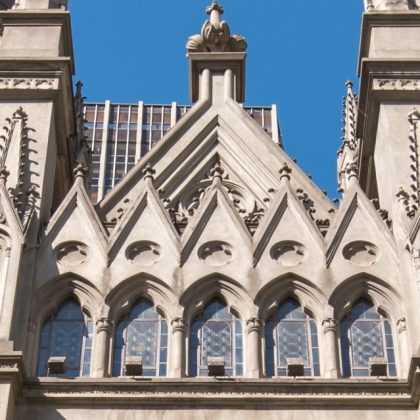‘What remembrance is there now?’: The Musical Cult of St Thomas of Canterbury in the Sixteenth Century
This article accompanies Katherine Emery’s British Catholic History article, ‘Destruction, Deconstruction, and Dereliction: Music for St Thomas of Canterbury during the Reformation and Counter-Reformation, 1530-1600‘. This article won the British Catholic History Best Article Prize for 2022.
In September 1538, the shrine of St Thomas, that had stood in Canterbury Cathedral since 1220, was dismantled and destroyed. Its removal was part of a wider campaign by Henry VIII (1491-1547), who saw Thomas Becket as a proxy for contemporary opponents to his church reforms.[1] By 1585, iconoclasm against St Thomas had become so widespread that Raphael Holinshed, a Protestant chronicler, gloated about the complete erasure of the cult: ‘What remembrance is there now of Thomas Becket? Where be the shrines that were erected in this church and that chappell for perpetuities of his name and fame? Are they not all defaced? Are they not all ruinated? Are they not all conuerted to powder and dust?’[2]
Such iconoclasm was not limited to churches and chapels in honour of Becket, however: music from the medieval period was also caught up in the campaign. Using surviving manuscript sources, my article, ‘Destruction, Deconstruction, and Dereliction: Music for St Thomas of Canterbury during the Reformation and Counter-Reformation, 1530-1600’, argues that the Reformations – both Protestant and Catholic – had a profound effect on how St Thomas was musically commemorated. Prior to the Protestant Reformation, there was a vibrant English musical culture honouring St Thomas: this was dismantled alongside the shrine. My article explores this destruction from three angles. The first section – ‘Destruction’ – surveys methods used to censor manuscripts containing St Thomas music during the Henrician Reformation. There were gradients to erasure, as users of musical books had to find creative ways of either obeying or disobeying the law. The second section – ‘Deconstruction’ – examines attempts by Protestants to discredit St Thomas that went alongside the iconoclastic campaign. It analyses the work of John Bale (1495-1563), a radical reformer who sought to criticise historical supporters of Becket’s cult to weaken the foundations on which his sanctity was built. The final section – Dereliction – reveals how, despite his reputation as an important Catholic martyr, very few new compositions for St Thomas were written during the latter half of the sixteenth century. This was a significant decrease from the fifteenth century, which had been the high point of St Thomas’ medieval musical cult. The article suggests this change was caused by the superseding of St Thomas by Reformation martyrs in the Catholic imagination. Between 1530 and 1600, the musical culture surrounding St Thomas of Canterbury was broken and remade, leaving his sanctity sounding very different than it had earlier in the century.
[1] Candace Lines, ‘”Secret Violence”: Becket, More, and the Scripting of Martyrdom’, Religion & Literature, Faith and Faction: Religious Heterodoxy in the English Renaissance 32/3 (2000), 16-17.
[2] Raphael Holinshed, Holinshed’s Chronicles of England, Scotland, and Ireland, 3 vols (London: J. Johnson et al., 1807-1808), 2:147.





